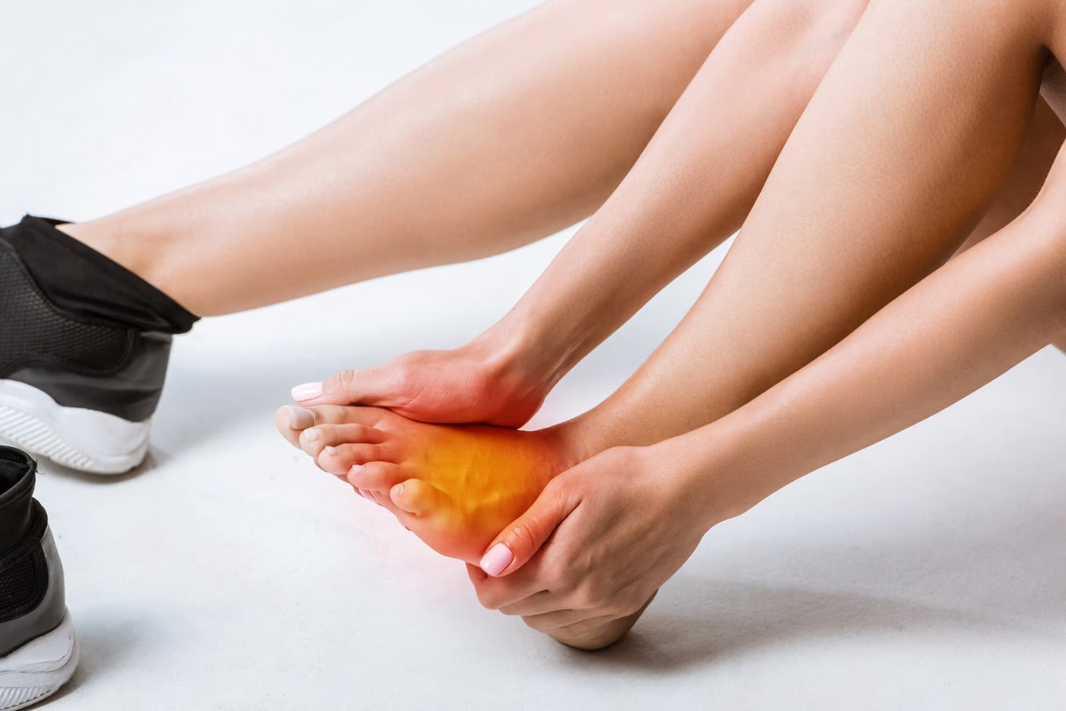Navigating Your Options for Relief
Pain is a deeply personal experience. Each individual perceives and suffers from pain differently and understanding it as a symptom of underlying conditions can be challenging. While minor aches and discomforts often resolve themselves through the body’s natural healing processes, more intense or chronic pain often requires intervention. For many, this means reaching for an analgesic—whether in the form of a tablet, gel, or spray—to find relief. However, others prefer alternative remedies.
The intensity of pain relief varies from person to person and depends largely on the chosen method of treatment. Let's explore the most common and effective pain management options available today.
Conventional Pain Relief
The most commonly observed and effective way to manage pain is through medication. Here are the primary categories:
- Over-the-Counter (OTC) Medications: These include nonsteroidal anti-inflammatory drugs (NSAIDs) like ibuprofen and acetaminophen. They are widely accessible and effective for many types of pain.
- Prescribed Medications: For more severe pain, physicians may prescribe stronger medications, including opioid analgesics. These are potent pain relievers but must be used with caution due to the risk of dependence.
Alternative Pain Management Techniques
Many people seek alternative or complementary treatments to manage pain, especially when looking for non-pharmacological options. Here are some of the preferred alternative treatments:
- Hot/Cold Compresses: Applying a heating pad or a warm damp cloth to the pain site can reduce muscle soreness. Conversely, an ice bag helps reduce muscle inflammation.
- Physiotherapy: This involves massaging soft tissues and stretching exercises to relieve tension and spasms in muscles, promoting healing and pain relief.
- Acupuncture: This ancient practice involves inserting extremely fine needles into specific points on the skin. It stimulates the release of endorphins and serotonin, the body’s natural pain-relieving and mood-enhancing chemicals.
- Chiropractic Therapy: Chiropractors use pressure to manipulate joints and realign the spine, which can significantly reduce pain and discomfort.
- Massage Therapy: Massages relax muscles, tendons, and joints, and help alleviate stress and anxiety. This is achieved by stimulating competing nerve fibres and blocking pain messages to and from the brain.
- Stress Reduction Techniques: Methods such as yoga, relaxation therapy, hypnosis, guided imagery, and music therapy can significantly reduce pain by promoting relaxation and reducing stress.
- TENS (Transcutaneous Electrical Nerve Stimulation): This involves sending electrical pulses through the skin to stimulate the body’s pain-relieving mechanisms. These pulses can trigger the release of endorphins and other substances that inhibit pain signals in the brain.
- Sonic Sound Therapy (Vibroacoustic Therapy): Using audible sound vibrations, this therapy reduces symptoms, induces relaxation, and alleviates stress.
Finding the Right Pain Management Approach
Effective pain management is highly individualistic. It’s about finding the right combination of therapies that works for you.
Whether you rely on medications or prefer alternative treatments, the goal is to achieve a better quality of life with minimal pain.
If you’re struggling with pain, consider exploring various options and consulting with healthcare professionals to tailor a pain management plan that suits your needs. Relief is possible, and with the right approach, you can reclaim your comfort and well-being.








